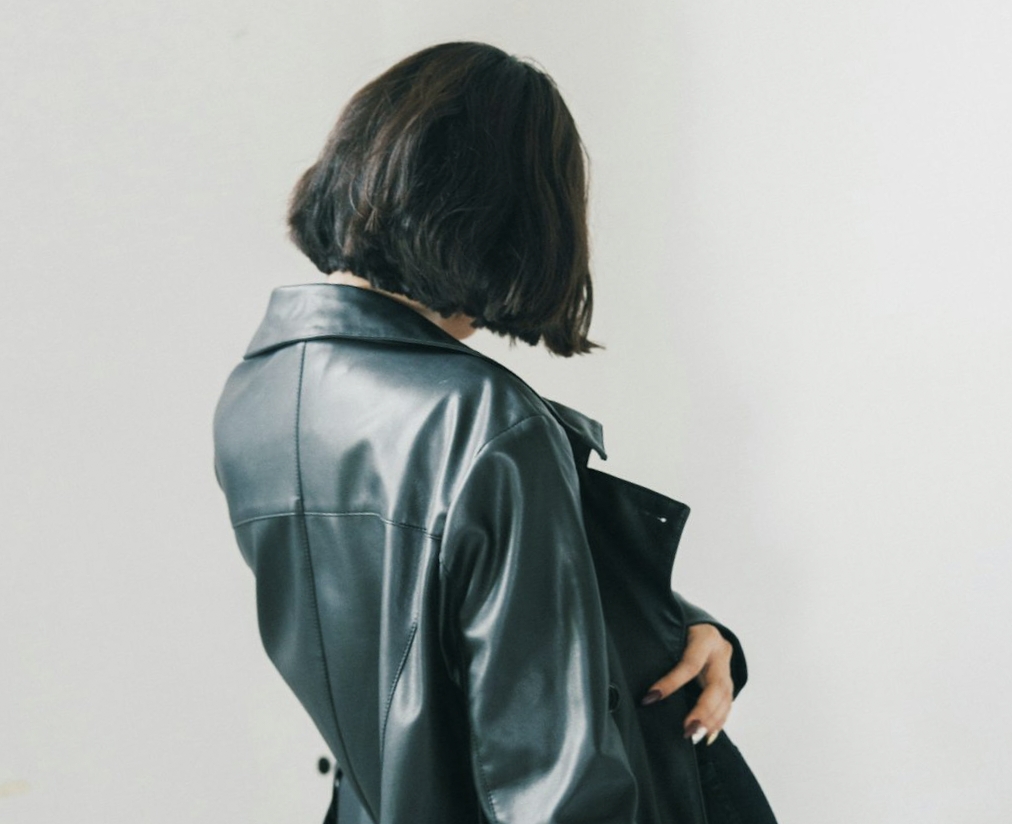Leather has long been synonymous with luxury, durability, and timeless fashion. From handbags to jackets and furniture to footwear, its appeal has endured for centuries. But in recent years, a quiet revolution has been reshaping the leather industry—driven not by fashion trends, but by conscious consumerism. Increasingly, people are choosing eco-friendly leather alternatives to protect both the environment and the animals we share it with.
The Hidden Cost of Traditional Leather
Conventional leather is made from animal hides, most commonly from cows. While it’s often marketed as a “by-product” of the meat industry, its production is far from benign. The environmental impact includes:
Deforestation: Vast areas of rainforest, especially in the Amazon, are cleared to make way for cattle farming—one of the main sources of hides used in leather.
Water pollution: The tanning process involves heavy metals like chromium, which can contaminate local water sources and harm both ecosystems and communities.
High carbon footprint: Livestock farming is a major contributor to methane emissions, a potent greenhouse gas driving climate change.
Additionally, the ethical issues surrounding animal farming, cruelty in the leather trade, and the killing of exotic species for fashion have prompted many consumers to seek more humane options.
The Rise of Leather Alternatives
The shift toward sustainable fashion has opened doors for innovative materials that mimic the look and feel of leather—without the ecological or ethical guilt. Here are some notable alternatives:
1. Plant-Based Leathers
Pineapple Leather (Piñatex): Made from the fibers of pineapple leaves, this material is biodegradable, breathable, and gaining popularity in fashion and accessories.
Mushroom Leather (Mylo): Derived from the root system of mushrooms (mycelium), Mylo is soft, flexible, and currently being explored by high-end brands.
Cactus Leather: Made from mature cactus leaves, this vegan leather is durable, water-saving, and cruelty-free.
Apple Leather: Created from the waste of apple juice production, it’s an eco-chic alternative used in bags, shoes, and phone cases.
2. Recycled & Upcycled Materials
Recycled polyurethane and upcycled synthetic fabrics are being used to create stylish vegan leathers that reduce waste and avoid animal harm.
Ocean plastics and rubber waste are also being transformed into functional leather substitutes.
Luxury Goes Green
What was once a niche vegan movement is now embraced by luxury fashion houses. Brands like Stella McCartney, Gucci*, Hermès, and Chanel have begun exploring sustainable leathers or phasing out exotic skins in response to changing consumer values.
The fashion-forward no longer see ethics as separate from aesthetics. Today, sustainability is style.
The Conscious Consumer Movement
Millennials and Gen Z consumers are particularly vocal about aligning purchases with personal values. The demand for transparency, cruelty-free goods, and reduced environmental impact is driving market change. Social media, documentaries, and eco-fashion influencers are also spreading awareness faster than ever before.
Platforms like Good On You, Fashion Revolution, and PETA’s vegan fashion guide help users make informed choices about what they wear and why it matters.
Challenges & Future Outlook
While sustainable leather is on the rise, challenges remain:
Scalability: Many plant-based leathers are still produced in small quantities.
Durability: Not all alternatives yet match the longevity of genuine leather, though innovation is rapidly closing the gap.
Greenwashing: Some brands market synthetic materials as “eco-friendly” without proper transparency about chemicals or labor practices.
Still, the momentum is unmistakable: consumers are no longer choosing between style and sustainability—they expect both.
Final Word: A New Kind of Luxury
In a world where fashion increasingly intersects with environmental ethics, leather is being redefined. The new luxury isn’t just about craftsmanship or brand names—it’s about conscious choices, clean production, and compassionate innovation.
As people wake up to the true cost of their wardrobes, alternatives to leather are not just a trend—they are the future.
Because protecting the planet and its creatures should never go out of style.

